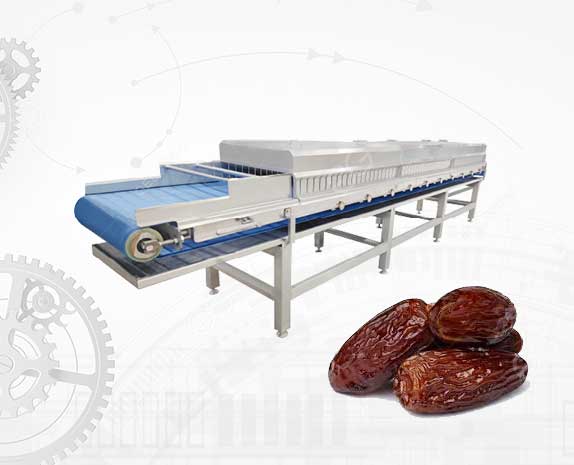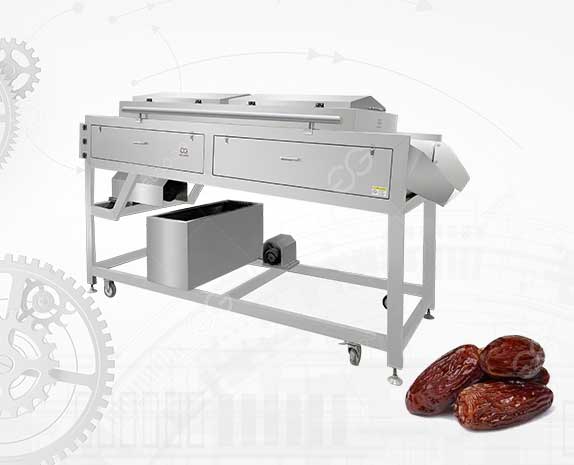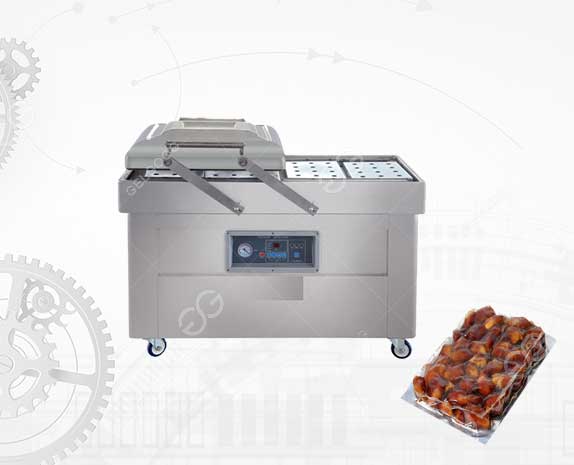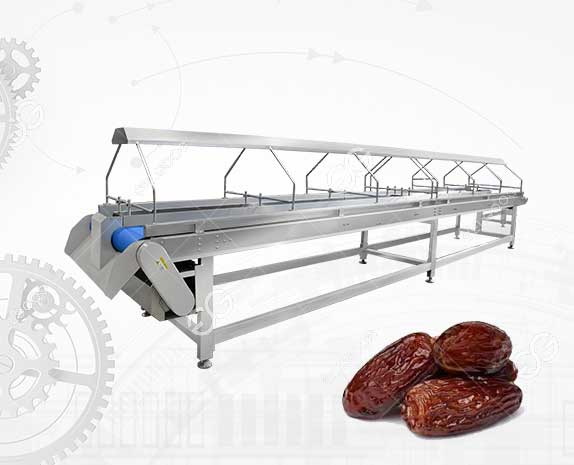Dates, the sweet and nutritious fruit of the date palm tree, have been a staple in Middle Eastern and North African diets for thousands of years. Today, they are enjoyed worldwide, not only as a natural snack but also as an ingredient in various food products. But have you ever wondered how do dates get processed from the palm tree to your plate? Let’s take a closer look at the industrial processing of dates and the steps involved in bringing this delicious fruit to consumers.
1.Harvesting
The journey of dates begins with harvesting. Date palms produce fruit in large clusters, which are carefully cut from the tree when they reach the desired ripeness. There are three main stages of ripeness: kimri (unripe), khalal (full-sized but crunchy), and rutab (soft and ripe). For most commercial purposes, dates are harvested at the rutab stage, when they are sweet and soft. Specialized machinery or skilled workers are used to harvest the clusters, ensuring the fruit remains intact.
2. Cleaning and Sorting
Once harvested, the date clusters are transported to processing facilities. The first step is cleaning. Dates are washed thoroughly to remove dirt, dust, and any foreign materials. This is often done using water sprays or brushes. After cleaning, the dates are sorted by size, color, and quality. Advanced facilities use optical dates sorting machine that can detect imperfections and separate dates accordingly. This ensures only the best-quality fruit moves forward in the process.
3. Pitting and Dehydration
Depending on the final product, dates may be pitted (have their seeds removed). This is done using automated pitting machines that carefully extract the seed without damaging the fruit. Some dates are sold whole and pitted, while others are processed further. For certain varieties, dehydration is the next step. Dates are dried to reduce moisture content, which extends their shelf life and enhances their sweetness. Industrial dehydrators are used to control temperature and humidity precisely.
4. Packaging
After processing, dates are packaged for distribution. They may be packed whole, pitted, or as part of mixed products like energy bars or trail mixes. Packaging is designed to protect the fruit from damage and contamination while maintaining freshness. Vacuum-sealed bags, clamshell containers, or bulk boxes are commonly used, depending on the intended market.
5. Value-Added Products
In addition to whole dates, many facilities produce value-added products. Dates can be pureed, chopped, or turned into syrup for use in baked goods, smoothies, or sauces. They are also used in health-focused products like protein bars and snacks due to their natural sweetness and nutritional benefits.
Conclusion
The industrial processing of dates is a fascinating blend of tradition and technology. From harvesting to packaging, each step is carefully designed to preserve the fruit’s quality, flavor, and nutritional value.
We are a manufacturer of date processing equipment, with date cleaning machines, date pitting machines, date sorting machines, etc. If you want to develop related business, you can contact us at any time.




